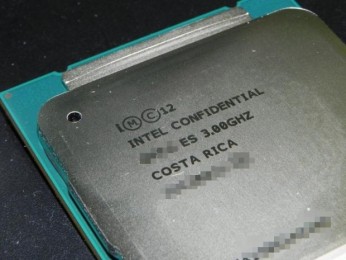 The top ten semiconductor buyers increased their chip spending by 25.2 percent in 2021 amid an ongoing semiconductor shortage.
The top ten semiconductor buyers increased their chip spending by 25.2 percent in 2021 amid an ongoing semiconductor shortage.
According to Gartner beancounters the chip shortage prevented original equipment manufacturers (OEMs) from increasing production of a broad range of products, such as vehicles, smartphones, games consoles, and various other electronic devices.
However, the shortage significantly increased chip selling prices, resulting in buyers spending considerably more on acquiring chips than in previous years.
The research firm found average selling prices of semiconductors increased by more than 15 percent or more in 2021 – which included microcontroller units, general purpose logic integrated circuits (ICs), and a wide range of application-specific chips.
Gartner research director Masatsune Yamaji said the semiconductor shortage also accelerated OEMs’ double booking and panic buying, causing a huge spike in their semiconductor spending.
According to Gartner’s latest preliminary data, the top 10 OEMs’ spending accounted for 42.1 percent of the total market.
In terms of individual manufacturers, Apple and Samsung occupy first and second place in the semiconductor spending top ten, with market shares of 11.7 percent and 7.8 percent respectively.
Apple increased spending on memory by 36.8 percent and on nonmemory chips by 20.2 percent, Gartner revealed.
Samsung upped its memory spending by 34.1 percent and nonmemory chip spending by 23.9 percent as a result of memory price and the Korean giant’s growth in its target markets such as smartphone and solid-state drive (SSD) markets.
Elsewhere, Huawei fell from third-biggest spender in 2020 to seventh in 2021 after struggling to buy chips. By contrast, other Chinese smartphone manufacturers such as BBK Electronics and Xiaomi significantly increased their spending, Gartner said.





